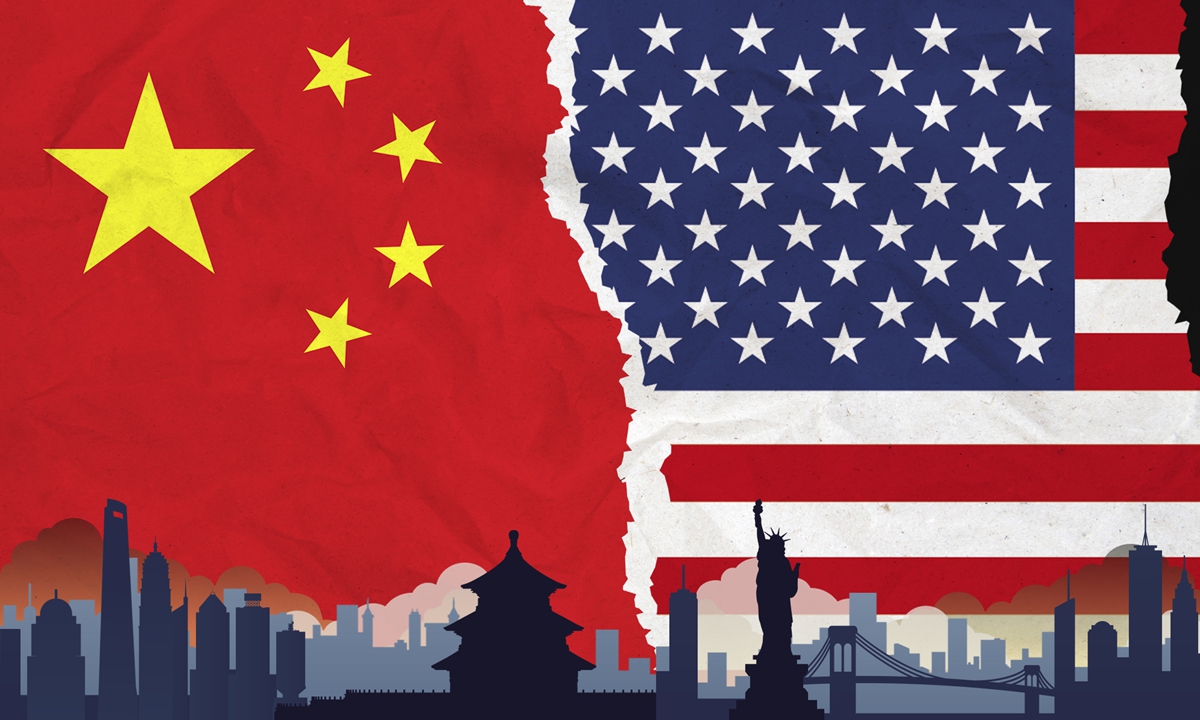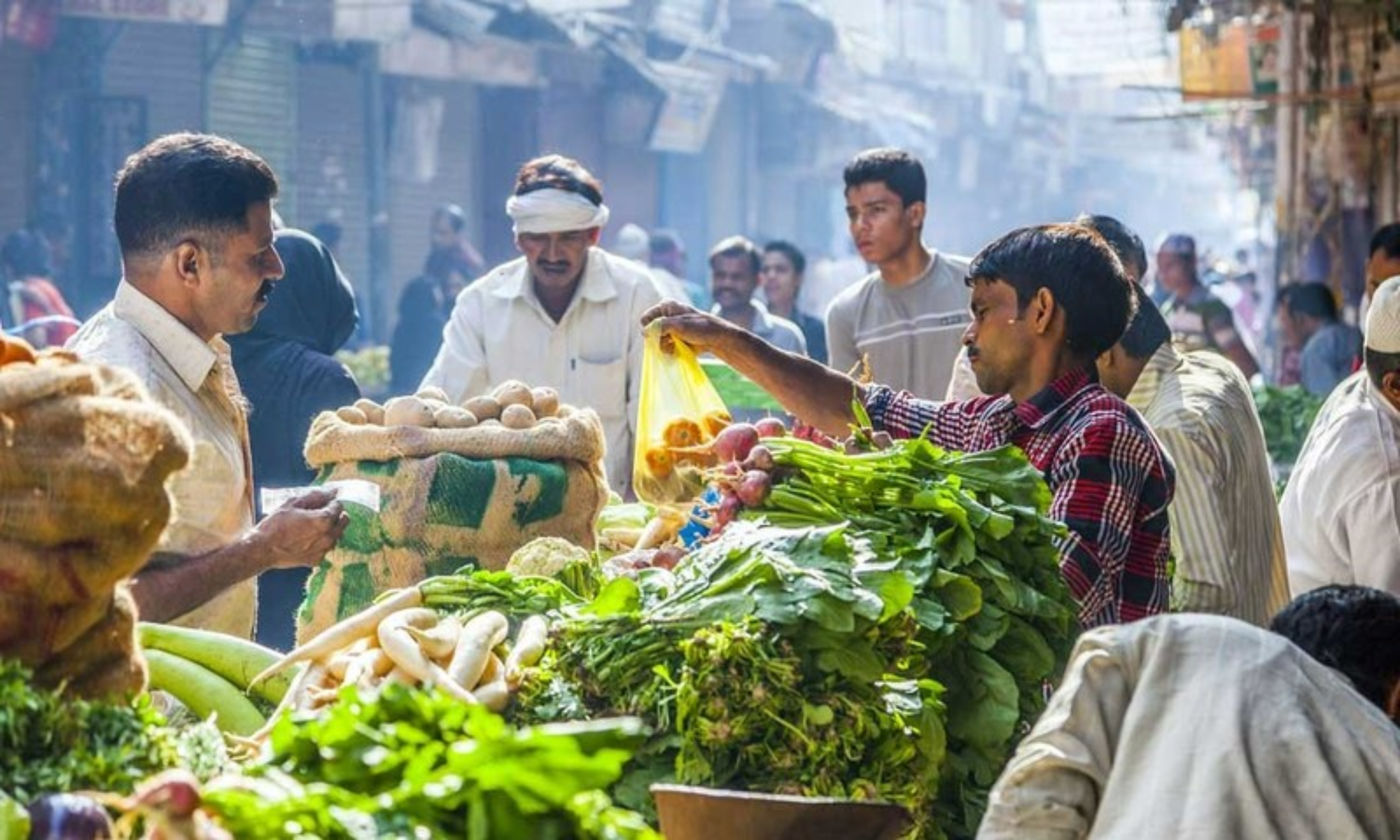Make EPI an ‘Essential Programme on Immunisation’
Introduction:
- In 2024, marking 50 years since the inception of the Expanded Programme on Immunization (EPI) by the World Health Organization (WHO) in 1974.
- The EPI was established with the looming goal of eradicating the smallpox virus, utilizing existing immunization infrastructure and vaccine availability.
- India adopted the EPI in 1978, later rebranded as the Universal Immunization Programme (UIP) in 1985.
- Both globally and within India, significant strides have been made in immunization and vaccine impact.
Vaccination for All Ages:
- Despite the availability of vaccines against smallpox since 1798, there persists a misconception that vaccines are solely for children.
- Historical vaccines, such as those against rabies, cholera, typhoid, and plague, were developed primarily for adults.
- India notably pioneered the world’s first plague vaccine in 1897, intended for individuals of all age groups.
- The BCG vaccine, introduced nationwide in 1951 against tuberculosis, was also administered to adults.
Children’s Vulnerability:
- Studies post-EPI launch demonstrate the life-saving potential of vaccines, notably reducing hospital visits and admissions.
- Children remain most vulnerable to vaccine-preventable diseases, highlighting the importance of increased vaccine coverage.
Measures and Involvement:
- To ensure equitable access, vaccines should be provided free of cost at government facilities, following recent initiatives such as HPV vaccines for teenage girls.
- The National Technical Advisory Group on Immunization (NTAGI) should expand its scope to include recommendations for adults and the elderly.
- Addressing prevailing myths and misconceptions about vaccines is crucial in combating vaccine hesitancy, necessitating proactive measures.
- Collaborative efforts involving medical professionals and experts are essential to raising awareness about the importance of vaccines.
- Medical institutions should undertake research to assess disease burdens in the adult population in India.
Way Ahead:
- Immunization programs, particularly in low- and middle-income countries like India, have emerged as notable successes among government initiatives.
- Given India’s progress with the EPI, a comprehensive review of the UIP involving key stakeholders and international experts is warranted.
Competition, conflict

U.S. and China must Responsibly Manage Differences:
- Discussions between U.S. Secretary of State Antony Blinken and top Chinese officials, including President Xi Jinping, have highlighted the shared goal of stabilizing their relationship despite existing challenges.
- Blinken emphasized the U.S.’ commitment to ensuring that competition between the two largest economies remains peaceful and doesn’t escalate into conflict.
- President Xi advocated for seeking common ground rather than engaging in fierce competition.
U.S. – China Relations:
- Both countries harbor deep-seated concerns about each other, with U.S. documents labeling China as a “revisionist power” and a significant technological and military rival.
- The U.S. has imposed export controls, particularly in strategic sectors like semiconductors, and levied high tariffs on Chinese goods.
- Additionally, the U.S. has bolstered support for Taiwan and strengthened defense ties with the Philippines, which is embroiled in disputes with China.
- Beijing has accused the U.S. of exacerbating tensions in the South China Sea and criticized its support for Taiwan as meddling in its internal affairs.
Areas of Cooperation:
- Recent agreements include the resumption of military-to-military communication, collaboration on addressing artificial intelligence risks, and efforts to control fentanyl production.
- Climate change mitigation and global food security are also areas where cooperation is possible.
- Despite ideological and geopolitical disparities, focusing on shared global challenges can be a unifying approach for both nations.
Implementing the Street Vendors Act
The Current Situation:
- The Street Vendors (Protection of Livelihood and Regulation of Street Vending) Act was enacted on May 1, 2014, aiming to safeguard the rights and regulate the activities of street vendors in Indian cities.
- However, the effective implementation of the law has fallen short, leaving much to be desired in ensuring the protection and security of street vendors.
Provisions of the Law:
- Street vendors, constituting approximately 2.5% of any city’s population, play diverse roles in urban life.
- The Act seeks to safeguard and regulate street vending, empowering Urban Local Bodies (ULBs) to enforce rules and regulations at the state level.
- It outlines clear responsibilities for vendors and various levels of government, acknowledging the vital urban role of vendors and the importance of protecting their livelihoods by providing vending certificates to all existing vendors.
Town Vending Committees:
- The Act establishes Town Vending Committees (TVCs) as a participatory governance structure.
- Street vendor representatives must constitute 40% of TVC members, including a 33% representation of women street vendors.
- These committees are tasked with ensuring the inclusion of all existing vendors in designated vending zones and providing mechanisms for addressing grievances and disputes.
Three Major Challenges:
- Administrative challenges include increased harassment and evictions of street vendors, despite the Act’s protective measures.
- Lack of awareness about the Act among state authorities, the public, and vendors themselves poses a significant hurdle.
- Governance challenges include weak urban governance mechanisms and limited integration with the framework established by the 74th Constitutional Amendment Act.
Way Forward:
- While the Act is comprehensive, effective implementation requires strong top-down direction and management.
- Initiatives like PM SVANidhi, a micro-credit facility for street vendors, serve as positive examples.
- Decentralizing interventions, enhancing ULB capacities for street vending planning, and empowering TVCs are crucial steps.
- Urban schemes, city planning guidelines, and policies should be amended to incorporate street vending into urban development plans.
About the redistribution of wealth
The Current Scenario:
- The ongoing election campaign has sparked contentious debates between the ruling government and the Opposition regarding wealth redistribution.
- Additionally, the Supreme Court has formed a nine-judge Bench to interpret the Directive Principles of State Policy (DPSP) concerning the ownership and control of material resources.
Constitutional Provisions:
- Part III of the Constitution outlines fundamental rights, ensuring liberty and equality, while Part IV contains the DPSP.
- Unlike enforceable fundamental rights, the DPSP guides governance principles without direct legal enforcement.
- Article 39(b) and (c) of the DPSP emphasize securing economic justice, advocating for the distribution of material resources for the common good and preventing wealth concentration to the detriment of society.
Historical Context:
- Originally, the Constitution guaranteed the right to property under Article 19(1)(f), with Article 31 stipulating compensation for private property acquisition.
- Land reforms and public asset construction necessitated government acquisition, leading to amendments curtailing property rights to facilitate public welfare initiatives.
Supreme Court’s Role:
- The Supreme Court has interpreted the interplay between fundamental rights and the DPSP in various cases.
- In Golak Nath (1967), it asserted that fundamental rights couldn’t be diluted to implement DPSP.
- Kesavananda Bharati (1973) upheld Article 31C’s validity, subjecting it to judicial review.
- Minerva Mills (1980) emphasized a harmonious balance between fundamental rights and DPSP.
Policies and Measures:
- Post-independence, Indian governments pursued a socialist economic model, with regulations like the MRTP Act restricting private enterprise to reduce inequality.
- However, these measures hampered growth and led to income/wealth concealment.
Economic Models:
- Market-driven economies generated additional government resources, aiding poverty alleviation, albeit contributing to growing inequality.
- World Inequality Lab statistics highlight significant wealth and income disparities.
Way Forward:
- Globally, rising inequality is a challenge inherent in liberalized economic systems.
- Governments must safeguard the interests of poorer classes reliant on state support for livelihoods.
- Policy formulation should involve thorough deliberation aligning with contemporary economic models as enshrined in the Constitution.






